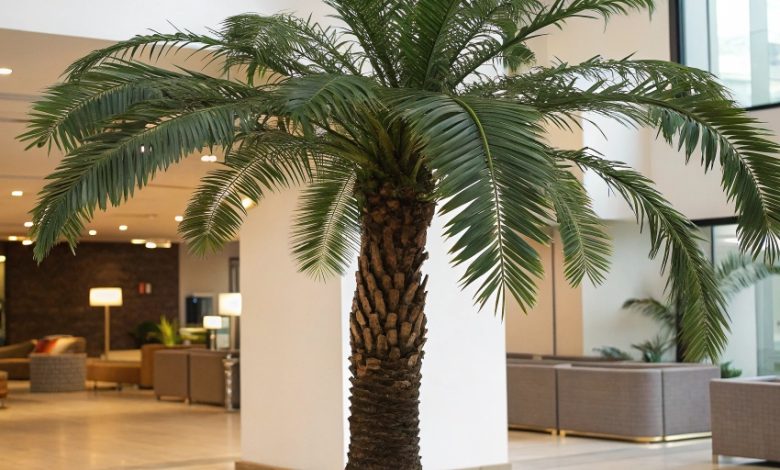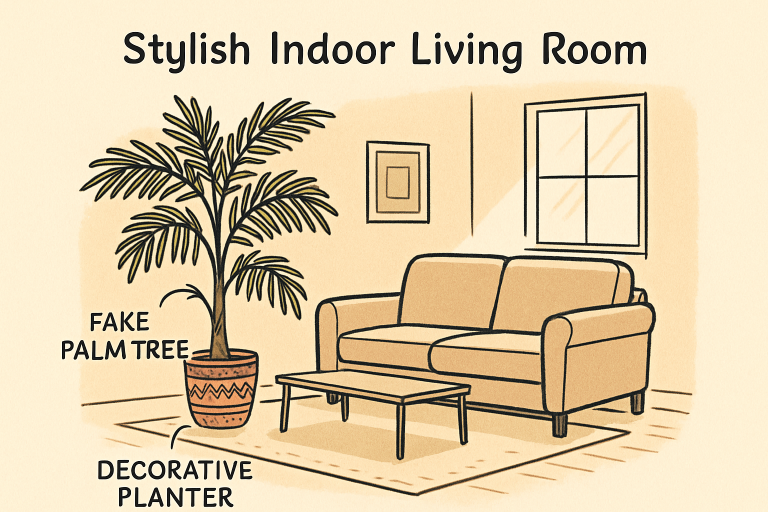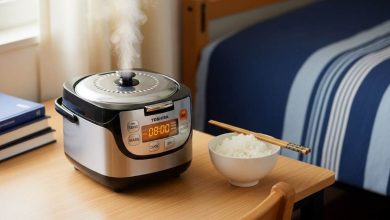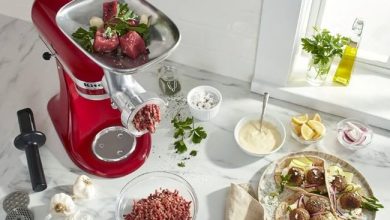How to Choose the Perfect Fake Palm Tree for Your Indoor Space

Key Takeaways
- Measure your space and consider the scale before selecting a fake palm tree.
- Select palm species that complement your décor and personal taste.
- Inspect material quality for a natural, realistic appearance.
- Regular maintenance, such as dusting and periodic cleaning, helps keep artificial palms looking their best.
- Invest according to your budget, but favor quality for durability and realism.
- Thoughtful placement and styling amplify the beauty of fake palm trees in any room.
Assess Your Space and Size Requirements
Introducing a fake palm tree into your home brings instant tropical flair with none of the worries of watering or sunlight. Before selecting your artificial palm, it’s essential to evaluate the room you wish to decorate. Precise measurements of height and width will ensure your palm fits seamlessly into your space rather than overpowering it. For rooms with soaring ceilings, a taller variety offers visual drama, while more compact palms are suited for cozier nooks or apartments.
Consider the room’s functionality and traffic flow. A fake palm that’s too tall or wide might block pathways or windows, while one that’s too small can feel underwhelming. Matching the tree’s scale to your room not only enhances aesthetics but also keeps your living area functional and open.
Select the Appropriate Palm Species
Fake palm trees come in a range of species to fit diverse style preferences. The Areca Palm, with feathery, arching fronds, softens modern interiors and brings a casual, breezy feel. The Kentia Palm is renowned for its slender leaves and elegant presence, making it perfect for formal spaces or minimalistic layouts. If you desire a bold statement, the Fan Palm’s broad, fan-shaped leaves deliver instant visual impact and pair well with eclectic or maximalist décor themes.

Evaluate Material Quality and Realism
The quality of a fake palm tree directly affects its realism and longevity. Premium artificial palms are often constructed with silk or high-grade polyester, which allows for intricate details such as subtle color variegations and textures that mimic natural palm leaves. Look for models with sturdy trunks—some premium versions even use real wood or advanced plastics, creating a convincing illusion of genuine tropical foliage. Investing in a well-crafted artificial palm makes a significant difference in both appearance and durability. According to House Beautiful, higher quality materials often resist fading and wear better over time, especially in bright rooms.
Consider the Base and Stability
A stable and visually appealing base is critical for both safety and aesthetics. Most artificial palms come with simple black or plastic pots as a basic support – these may suffice for shelves or tucked-away corners, but for statement pieces, consider upgrading to a decorative planter. Look for pots that match your décor theme: baskets for a coastal vibe, ceramics for a contemporary aesthetic, or planters in natural tones for a boho look.
Adding gravel or sand to the bottom of the planter enhances stability, especially for taller trees in high-traffic areas. This simple trick keeps your palm upright and accident-free.
Maintenance and Care
Artificial palms are prized for their minimal upkeep, but occasional cleaning keeps them looking lifelike. Gently dust fronds weekly with a microfiber cloth. For a deep clean, wipe leaves and stems with a soft, damp cloth and a drop of gentle soap. If your palm is placed near sunlit windows, check that it’s made with UV-resistant materials to prevent color fading over time.
For more indoor plant maintenance tips, check out the Better Homes & Gardens artificial plant care guide. With just a little routine care, your artificial palm can stay vibrant and realistic for years to come. A well-maintained faux plant brings lasting greenery to any space without the hassle of constant upkeep.
Budget Considerations
Fake palm trees are available in a wide price range. While budget-friendly models are tempting, cheaper versions often lack the texture, detail, and authentic appearance of pricier alternatives. Investing in a higher-end tree often pays off in the long run, thanks to enhanced realism and longevity.
Determine your budget before shopping and compare features across multiple brands. Focus on types that offer the best combination of aesthetic quality, material durability, and customer reviews for reassurance in your final decision.
Placement and Styling Tips
Placement is key to getting the most from your artificial palm tree. Situate your palm where it acts as a focal point, such as beside a sunny window or near a statement piece of art or furniture. Palm trees can add height and create a relaxing atmosphere in living rooms, entryways, or offices.
- Focal Point: Place your artificial palm in a prominent location to draw the eye and add depth to the room layout.
- Complementary Décor: Pair with textured rugs, woven baskets, and natural accents for a cohesive, on-trend look.
- Lighting: Even though artificial, situating the palm near natural or ambient light can help enhance its realism and create pleasing visual effects.
Rotate and reshuffle surrounding décor seasonally for an instant refresh, ensuring your faux palm remains an eye-catching element of your space.
With thoughtful selection and placement, a fake palm tree delivers timeless tropical style to any indoor environment—without the hassle of real plant maintenance.


